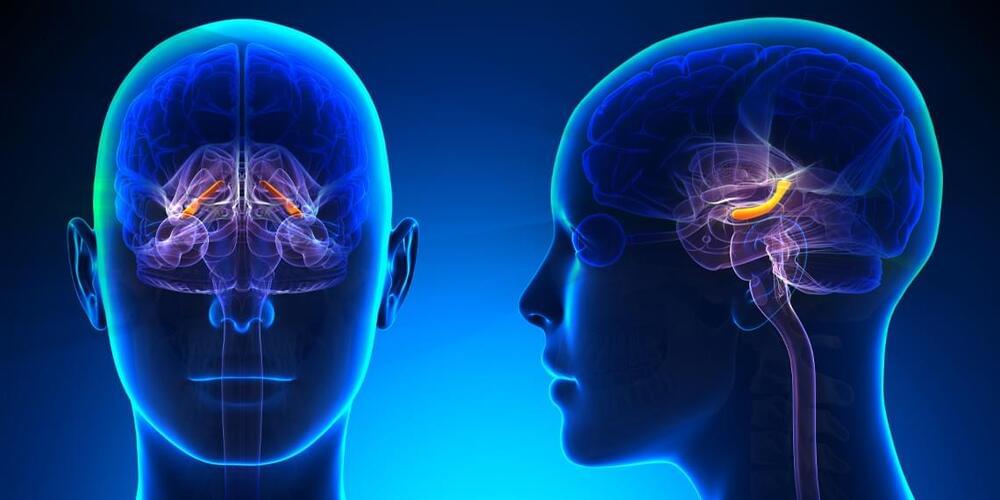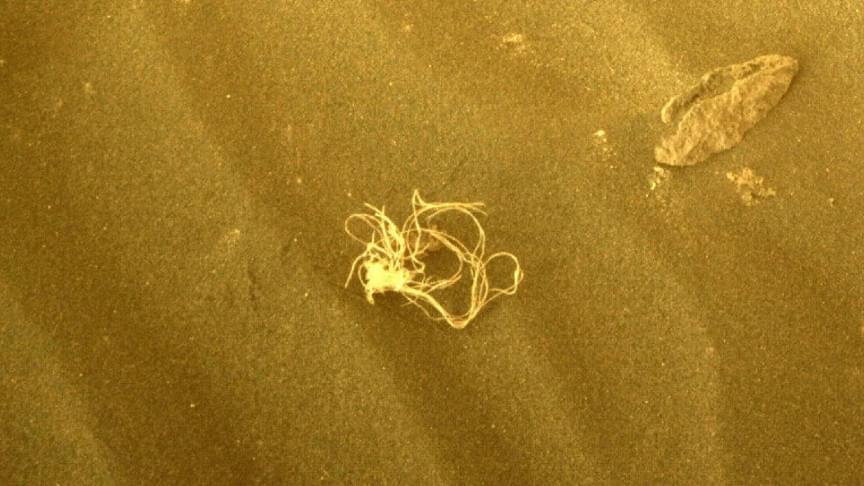Scientists tracked a neutrino back to a violent black hole — and it could help explain where elusive cosmic rays originate.
New research provides evidence that high intensity interval training improves metabolism in a brain structure responsible for memory formation and retention. The study, published in Psychophysiology, found increased metabolism in the left hippocampus following a 6-month physical activity intervention for adolescents.
“The primary focus of my research is the design, evaluation, and dissemination of school-based physical activity interventions,” said David Lubans, a professor at the University of Newcastle and the corresponding author of the study.
“My secondary area of interest is studying the effects and mechanisms of physical activity on young people’s mental health and cognition. I have found that providing evidence for the benefits of physical activity for academic outcomes, including test performance, cognitive function and on-task behavior in the classroom provides a strong impetus for schools to provide additional activity for young people.”
The James Webb Space Telescope has made headlines this week with its ability to look deeper into the universe than ever before, but it will also be used to look at some targets closer to home. As well as distant galaxies and far-off exoplanets, Webb will also be used to investigate objects right here in our solar system — and one of the first research projects it will be used for will study Jupiter and its rings and moons.
Now, NASA and its partners, the European Space Agency and the Canadian Space Agency, have demonstrated how capable Webb is of studying Jupiter by releasing the first images it has taken of targets in our solar system. The images show the iconic stripes of Jupiter as seen in the infrared, and also show up some of the moons of Jupiter like Europa which is clearly visible below:
“Combined with the deep field images released the other day, these images of Jupiter demonstrate the full grasp of what Webb can observe, from the faintest, most distant observable galaxies to planets in our own cosmic backyard that you can see with the naked eye from your actual backyard,” said one of the researchers who worked on the images, Bryan Holler of the Space Telescope Science Institute, in a statement.
😳!
“My team has spotted something unexpected: It’s a piece of a thermal blanket that they think may have come from my descent stage, the rocket-powered jet pack that set me down on landing day back in 2021,” Perseverance team members wrote on Twitter at the time.
An interesting piece of debris that could come from the rover.
Now, the crafty rover has spotted yet another interesting piece of debris, this time in the shape of spaghetti. The image was taken on Tuesday, and it’s got researchers confused.
The number of ransomware attacks on healthcare organizations increased 94% from 2021 to 2022, according to a report from the cybersecurity firm Sophos. More than two-thirds of healthcare organizations in the US said they had experienced a ransomware attack in 2021, the study said, up from 34% in 2020.
Ransomware attacks on healthcare are particularly common in the US, with 41% of such attacks globally having been carried out against US-based firms in 2021.
“The current outlook is terrible,” said Israel Barak, CISO of Cybereason. “We are seeing the industry experience an extremely sharp increase in both the quantity and level of sophistication of these attacks.”
It’s not that the particular labelers didn’t do a good job, it’s that they were given an impossible task.
There are no shortcuts to gleaning insight into human communications. We’re not stupid like machines are. We can incorporate our entire environment and lived history into the context of our communications and, through the tamest expression of our masterful grasp on semantic manipulation, turn nonsense into philosophy (shit happens) or turn a truly mundane statement into the punchline of an ageless joke (to get to the other side).
What these Google researchers have done is spent who knows how much time and money developing a crappy digital version of a Magic 8-Ball. Sometimes it’s right, sometimes it’s wrong, and there’s no way to be sure one way or another.
An international research team led by the University of Würzburg and the University of Geneva (UNIGE) is shedding light on one aspect of this mystery: neutrinos are thought to be born in blazars, galactic nuclei fed by supermassive black holes.
Sara Buson has always thought of it as a significant task. In 2017, the researcher and his associates introduced a blazar (TXS 0506+056) as a potential neutrino source for the first time. That study sparked a scientific debate about whether there truly is a connection between blazars and high-energy neutrinos.
After taking this initial, positive step, Prof. Buson’s team received funding from the European Research Council to launch an ambitious multi-messenger research project in June 2021. Analyzing numerous signals (or “messengers,” for example, neutrinos) from the Universe is required. The primary objective is to shed light on the origin of astrophysical neutrinos, potentially confirming blazars as the first highly certain source of high-energy extragalactic neutrinos.









